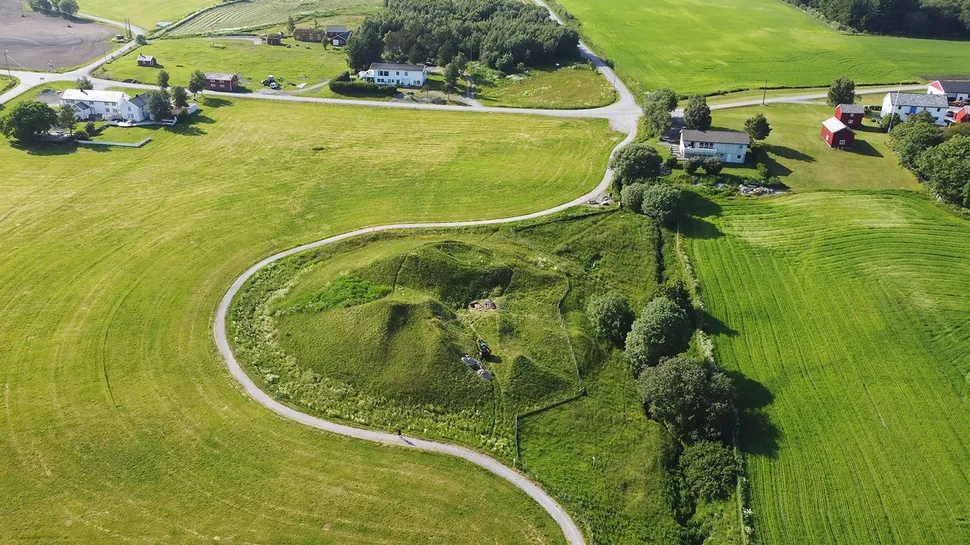A hole filed from the crown of a Viking tooth into the pulp to reduce toothache and infection. UNIVERSITY OF GOTHENBURGAfter a long, hard day of pillaging with axes and swords, Vikings likely celebrated their victories with a feast...

A hole filed from the crown of a Viking tooth into the pulp to reduce toothache and infection. UNIVERSITY OF GOTHENBURG
After a long, hard day of pillaging with axes and swords, Vikings likely celebrated their victories with a feast that included a roasted pig or ox and goblets overflowing with ale. In movies and books about the ancient seafaring conquerors, they don’t pause their revelry to remove gristle from their teeth with toothpicks. But in real life, they did, according to a new study.
And toothpicks are just one way they cared for their chompers.
The study, published in the journal Plos One, describes what scientists discovered when they analyzed human teeth from about 800 to 1,000 years ago to gain a better sense of everyday oral health and habits in one community of Swedish Vikings. The researchers describe the sort of bleak dental picture common to medieval Europe—frequent tooth decay, infections and tooth loss. In the Viking population studied, 49% had one or more cavities, due largely to a high intake of starchy foods combined with a lack of dental care. Adults lost an average of 6% of their teeth, excluding wisdom teeth, over the course of their lifetimes.
Read the rest of this article...

















